The Yamanote Line 山手線 is a loop line connecting the major railway stations in central Tokyo including Shibuya, Harajuku, Ikebukuro, Shinjuku, Shinagawa, Akihabara, Tokyo, and more. With the addition of the new Takanawa Gateway Station in 2020, there are now a total of 30 railway stations along this line.
Table of Contents
- Introducing the Yamanote Line
- Circling the Stations of Yamanote Line
- Newest Addition to Yamanote Line
- Yamanote Line Usable Travel Passes
- Takeaway
Introducing the Yamanote Line

The Yamanote Line runs in a loop around Tokyo's major stations like Shinjuku Station which receives almost 4 million people every day, making it one of the world’s busiest stations. Adding to the list of major stops is Akihabara Station, Shibuya Station, Harajuku Station, and many more. It would not be an exaggeration to say that the Yamanote Line is the heart and soul of Tokyo as it is responsible for millions of commuters every day, and an estimated 31 million passengers per week in 2019.
※JR East Marketing & Communications,inc., “JEKI Media Data 2021” pg. 14
Yamanote's History and Construction
Yamanote Line's name was derived from the traditional Japanese name for the upper hill areas in Tokyo called Yamanote. This was where daimyo, samurai, and other influential figures resided as opposed to the “Shitamachi” where the lower class people lived. Today’s Yamanote Line includes both of these areas.
The start of Yamanote Line’s construction can be traced back to 1885 when 2 lines existed; a main line from Shinagawa Station up to Akabane Station, and a line forming the major areas of Shibuya, Shinjuku, and Ikebukuro. 18 years after that, a branch line from Ikebukuro Station to Tabata Station was built which would connect those 2 lines into a loop in the future.
For many years, these tracks operated like this. As urbanization progressed, the residential area that now lies within the Yamanote Line loop, as well as the outer areas of the loop, rapidly developed and increased in population numbers. There was an urgent need to develop an efficient urban transit system, and the present Yamanote Loop line was the ultimate solution to that.
Construction started in 1919 to extend the line south from Ueno to Tokyo but was interrupted for 4 years by the Great Kanto Earthquake. 2 years after the calamity, the Yamanote Line was completed in 1925. The Second World War started after that, where the line and its stations suffered damage. Post war, the Yamanote Line actually went by the name of Yamate due to romanization. Its name “Yamanote” was restored in 1971 by the Japanese National Railway. The Yamanote Line was, several years later, passed on to the Japan Railways Group (JR).
※ East Japan Railway Culture Foundation, "Railway Operators in Japan 4 Central Tokyo"
Writer's Pick
Circling the Stations of Yamanote Line
Now that you've learned the basic information and history of the Yamanote Line. It is time to check out some of the stations and attractions when you get off in the area:
Shinjuku
First, we have the busiest station in the world, Shinjuku Station. With an average of over 3.5 million commuters a day, it is the record holder for Busiest Station in the Guinness World Records since 2018.
Shinjuku is a major commercial area in Tokyo so expect lots of skyscrapers, shopping malls, and expensive brand stores. Some attractions to look out for are:
-
Omoide Yokocho (Memory Lane)
-
Chuo Park
-
Kabuki-cho
※ Guinness World Records Limited 2021, "Busiest station"
Yoyogi

Yoyogi is the next stop (counter clockwise direction) after Shinjuku Station. A relatively quieter area compared to Shinjuku, it is a great place to meet up with before heading to Shinjuku as Shinjuku Station is notorious for being big and confusing. Yoyogi Park is the most popular attraction here.
For more about Yoyogi Park:
Yoyogi Park: A Picturesque Park in Japan
Harajuku
Harajuku Station area famous for its numerous shopping districts and its Harajuku style that majorly influenced Japan's fashion. However, after decades, the station was renovated to a safer and more modern looking building, so the beloved wooden station once an icon of Harajuku is now nothing but a distant memory.
-
Laforet Shopping Mall
-
Kiddy Land
-
Tokyu Plaza Omotesando
Shibuya
The iconic landscape offered by Shibuya Station awaits you here. It is undeniable that Shibuya looks best at night, which is one of the reasons why nightlife here is abundant, but there's more to Shibuya than just that.
For a complete guide to exploring the best of Shibuya:
18 Reasons to Explore Commercial Paradise Shibuya
Here’s a sneak peek of what to expect from the article:
-
Shibuya Crossing
-
Hachiko
-
Shibuya Nightlife
-
Shibuya Best Eats
Ebisu
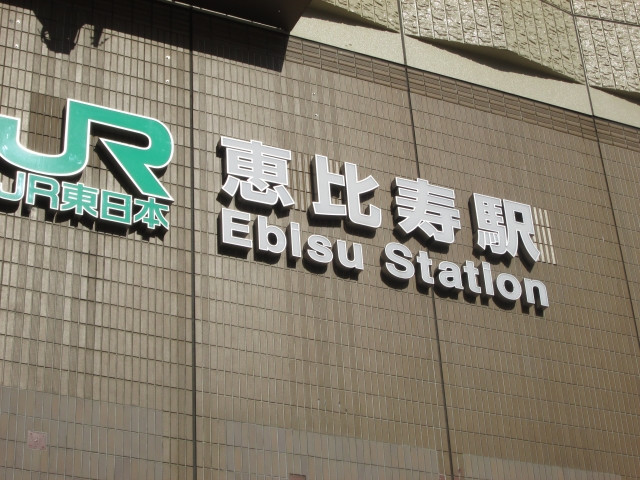
Ebisu Station where you can find famous breweries, restaurants, and more. This is the perfect place to go to if you're looking for diverse cuisine and culture because of the numerous bars and restaurants that offer the taste of Western cuisine.
-
Yebisu Beer Museum
-
Yebisu Garden Place Tower
-
Tokyo Metropolitan Museum of Photography
Meguro
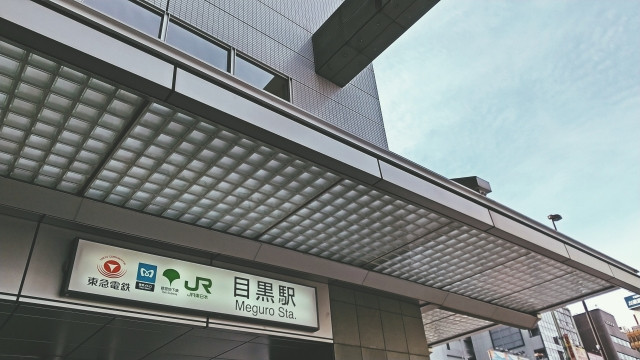
The Meguro area of Meguro Station, not to be confused with Meguro Ward itself, is much more quiet compared to always busy Shinjuku and Shibuya, so this is a perfect place for a stroll. The best time to visit Meguro is during the cherry blossom season when Meguro River is bordered by blooming sakura on both sides and the streets are lined with food stalls.
-
Beer Pub Scent - Modern Izakaya
-
Ryusenji Temple
-
Tokyo Metropolitan Teien Art Museum
-
Meguro Parasitological Museum - Museum about Parasites
Shinagawa
An important rest area and transport hub since the Edo Period, Shinagawa Station has been serving commuters for almost 150 years. Its surrounding areas are full of entertainment hot spots and hotels for the tired traveller eager to catch the Shinkansen the very next day.
For a complete guide to exploring Shinagawa:
Here’s a sneak peek of what to expect from the article:
-
Shinagawa Aquariums
-
Togoshi Park
-
Togoshi Ginza Shopping Street
-
Prince Hotel
Shimbashi
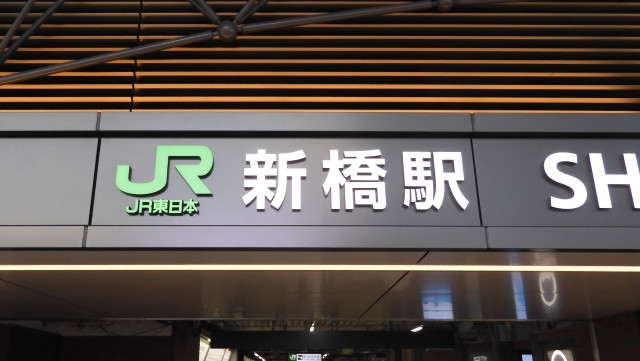
The original Shimbashi Station was first opened in 1872 - it was a western looking building that was unfortunately decimated in the Great Kanto Earthquake. The present Shimbashi Station was constructed in 1909 as Karasumori Station, but was renamed 6 years later. You can learn about the history of the station and the Shiodome area, as well as see a replica of the original Shimbashi Station in the Old Shimbashi Station Railway History Exhibition Hall.
-
Old Shimbashi Station|Railway History Exhibition Hall
-
Hibiya Park
-
Ginza Shopping District
Yurakucho
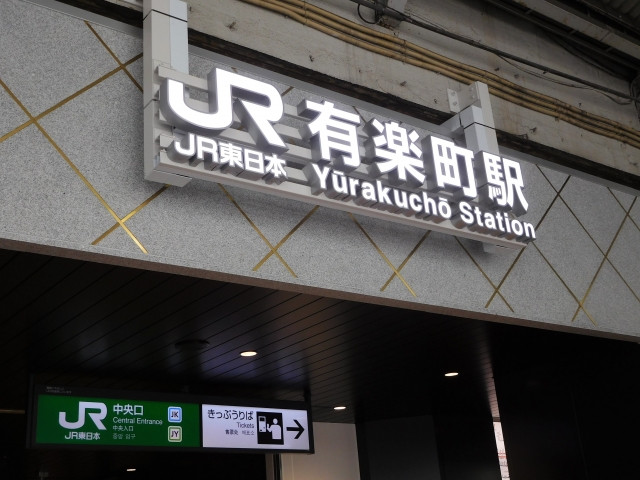
This station used to be part of the Yurakucho-Karasumoricho or the old Shimbashi overhead railway that was opened in 1910. There are a lot of shops here, from thrift shops to department stores. You can also check the architectural beauty of the Tokyo International Forum or the famous Godzilla Statue within the area.
Newest Addition to Yamanote Line
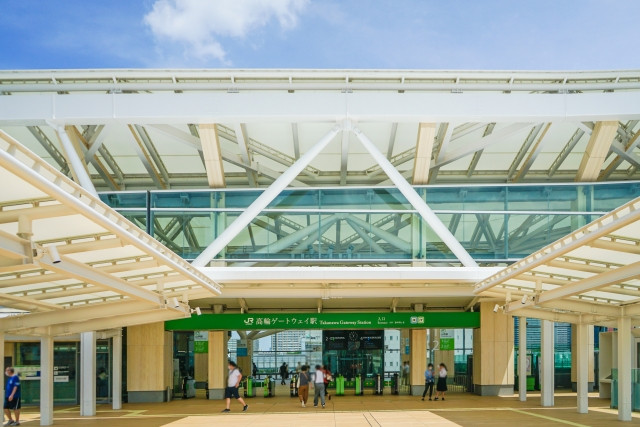
Takanawa Gateway
The latest addition to the Yamanote Line bringing the total number of stations to 30 is the Takanawa Gateway Station. The station itself was designed by Kengo Kuma, the famous Japanese architect who also designed the Japan National Stadium. The station’s construction was completed in 2020 and opened to the public in March of the same year.
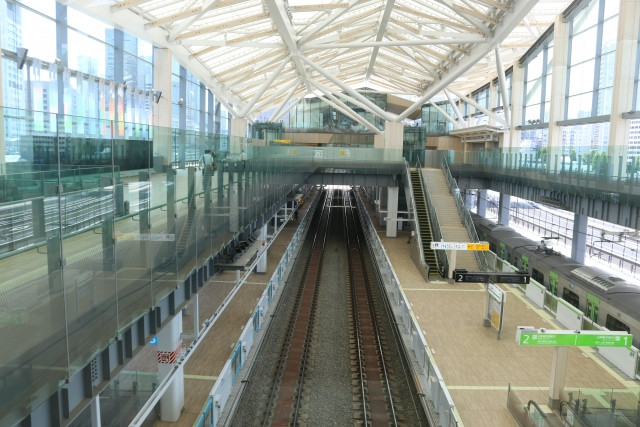
The building’s architecture is futuristic and modern with lots of natural sunlight filtering through its glass walls. The interior is fitted with various AI technology that work hand-in-hand with the station staff.
Yamanote Line Usable Travel Passes
Since the Yamanote Line is operated by JR East, with a Japan Rail Pass you can enjoy unlimited usage. For more about JPR, check our dedicated article:
An essential ticket for traveling: The Japan Rail Pass
Alternatively, you can get the Tokyo Metropolitan District Pass for 760 yen (Adult) or Tokyo 1-Day Ticket for 1,600 yen (Adult). The former only covers JR lines, whilst the latter includes Tokyo Metro lines, subway lines, Tokyo Sakura Tram, Nippori-Toneri Liner, and Toei buses.
For those using the Yamanote Line to commute, this may come in handy:
Teikiken: Japan’s commuter pass
Takeaway
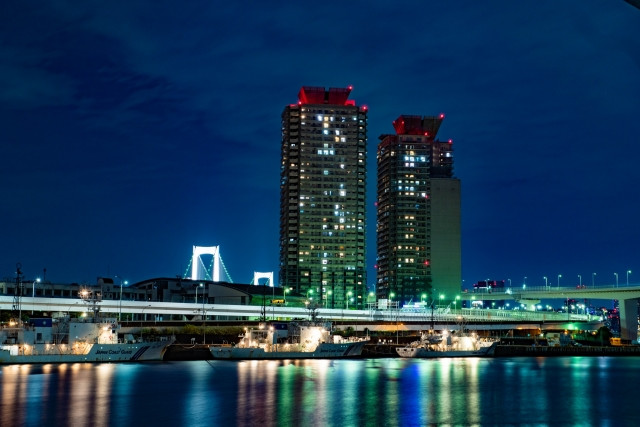
The Yamanote Line is the culmination of years of engineering development, population growth, the drive to improve, and modernization / urbanization. Its importance and necessity in the lives of Tokyo residents is evident in the masses of people traveling on the lines every day and night. As long as you live in or travel to Tokyo, it is inevitable that you will come across it.










.jpg)






















